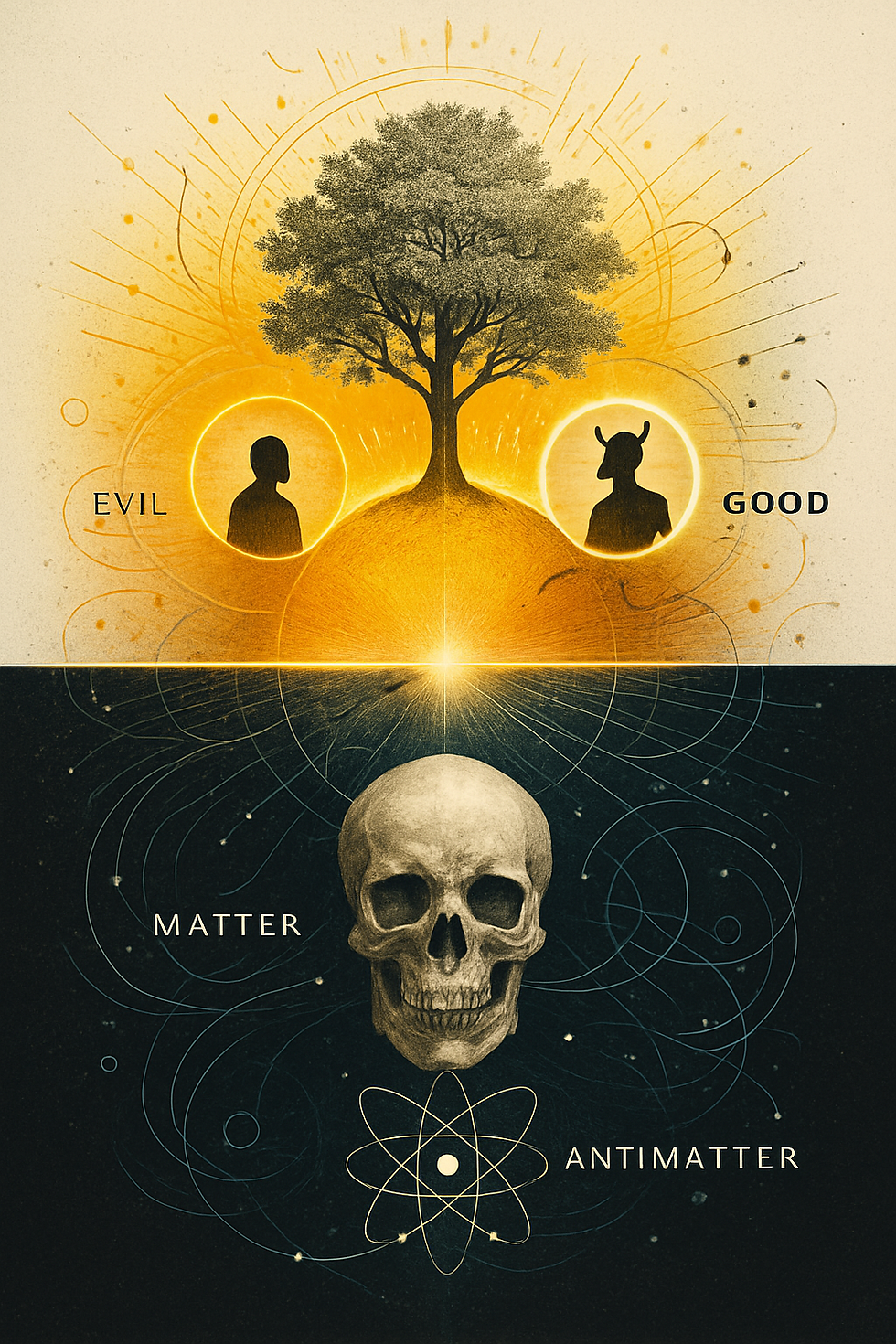The Jubilant Sadness of Cellos
- rabie soubra
- Oct 4
- 2 min read
Cellos are destined to be sad.
Something about their register, their resonance, the way they vibrate in that middle range between human voice and deeper instruments, they simply cannot escape melancholy.
And rather than fighting this inherent quality, cellists and composers embraced it so completely that they turned sadness into a magnificent art form.
Listen to any cello piece and you'll feel it immediately.
The instrument's very timbre carries grief in its resonance, as if sadness were built into the wood itself.
This could have been a limitation. Imagine an instrument that can only express one emotional range, that sounds melancholic even when playing major keys and upbeat tempos.
But instead of trying to force the cello into emotions it couldn't authentically convey, musicians leaned into its natural disposition.
The result is an instrument that has perfected the expression of sorrow, loss, longing, and bittersweet reflection.
Bach's Cello Suites don't fight the instrument's melancholy, they dive into it, exploring every nuance of sadness until it becomes something transcendent. The sadness isn't a flaw to overcome but a feature to develop to its fullest potential.
This transformation from limitation to mastery reveals something profound about accepting inherent qualities rather than resisting them. The cello became magnificent precisely because it stopped trying to be something it wasn't and instead became the absolute best version of what it naturally was.
There's something about total acceptance of limitation that paradoxically creates freedom.
By acknowledging that the cello sounds sad, musicians gained permission to explore every shade and variation of sadness
Cellos remind us that accepting what something naturally is, and perfecting that quality rather than fighting against it, can transform apparent limitation into transcendent achievement. Sadness became the cello's gift to the world, refined through centuries of musicians who understood that sometimes the deepest art comes from working with nature rather than against it.






Comments